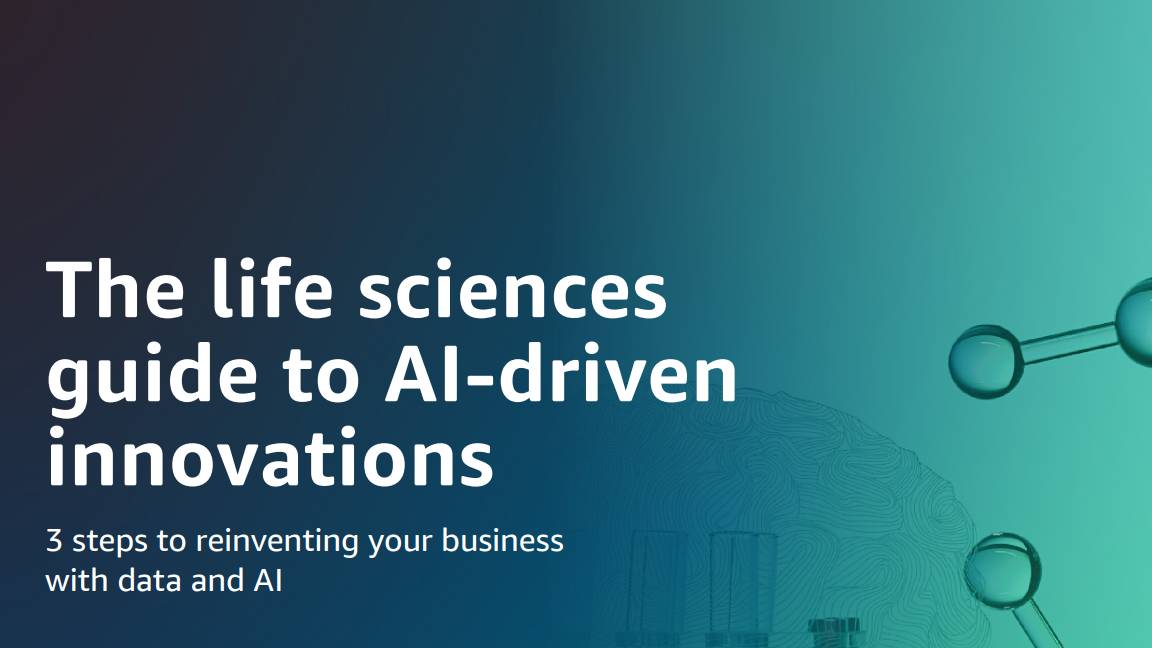What is AIQ and why is it important?
An organization’s AIQ can determine whether the rollout of new generative artificial intelligence (AI) tools will succeed or fail to deliver results.


Many businesses are turning to generative AI to transform their products, services and operations. As a result, the number of organizations using generative AI tools continues to grow.
Last October ITPro reported that more than half of organisations were in a piloting phase or had already implemented generative AI systems. A recent study by Stratio BD has revealed that 75% expect to increase their use of these tools in the next 12 months, with a third (33%) stating that it will become the most important source of insight for decision-making.
However, experts have raised concerns that many leaders are focused on deploying generative AI tools rather than upskilling employees, noting that following a ‘deploy first, train later’ philosophy often results in a wasted investment.
“With all the hype surrounding AI, we often see organizations implement a ‘shiny new AI toy’ with fanfare,” says Paul Henninger, UK head of connected technology at KPMG and global head of Digital Lighthouse, a center of excellence for emerging technologies. “Yet, if an employee uses the tool a couple of times unsuccessfully, there is a high likelihood this will lead to disinterest and they won’t return to using it without encouragement.”
Employee readiness can make or break your generative AI strategy, says J.P. Gownder, VP and principal analyst on Forrester’s Future of Work team. He highlights the fact that staff must possess sufficient levels of understanding, hard, and soft skills in order for a business to leverage its generative AI tools to the full.
Staff with more knowledge in these areas will drive productivity, make fewer errors, and open up your organization to fewer generative AI risks, he notes. But Gownder also points to the fact that views on the level of training received differ greatly between leaders and their employees.
“Recent quantitative work we’ve undertaken found that 59% of leaders believe they’ve given AI training, while only 45% of employees say they’ve received it. That 14% gap shows that some leaders are overestimating the resourcing they’ve given their employees.”
Sign up today and you will receive a free copy of our Future Focus 2025 report - the leading guidance on AI, cybersecurity and other IT challenges as per 700+ senior executives
What is AIQ?
To ensure you give your employees the training they need to thrive using generative AI, you first need to know their current level of understanding. One effective way to do this is to measure your organization’s AIQ.
AIQ stands for artificial intelligence quotient and was first used to refer to an AI’s ability to perform specific tasks. Over the years, the term has evolved to refer to an organization’s readiness and capability to effectively deploy and leverage AI.
“AIQ serves to evaluate an organization’s knowledge on AI, as well as the skills and readiness within the organization to effectively implement it,” explains Shane Maher, Managing Director of IT support company Intelliworx. “It also incorporates the ethical governance of AI, enabling organizations to benchmark against industry standards and guide strategic AI-related initiatives.
“Having a high AIQ means organizations are better equipped to identify the most impactful uses of AI, which can effectively lead to more efficient operations and innovative solutions. In addition, a high AIQ means organizations are more adept at management risks, addressing any biases in their decision-making and helping make sure they comply with regulatory standards, which can ultimately drive business performance and competitive advantage.”
AIQ: Benchmark your organization’s level of AI readiness
Benchmarking your organization’s level of AI readiness can be achieved through a number of self-assessment tools and comparisons with best practices and standards in the industry.
One example is the AI Readiness Quotient (AI-RQ) diagnostic tool created by Scott Snyder, an Adjunct Professor at the University of Pennsylvania.
“He recommends separating AIQ into four categories: innovation, strategy, execution, and enabling capabilities, breaking these larger categories into four subcategories,” says Eric Bravick, CEO at the Lifted Initiative. “The company’s abilities in each of these are rated on a scale of 1-5. By summing these scores, a benchmark can be tracked.”
Gownder created a similar AIQ assessment tool for Forrester, the difference being the four competencies measured here are understanding, soft skills and inclinations, hard skills and training, and ethics, risk, and privacy awareness.
“There are some sophisticated organizations that understand there’s a component of change management, but what tends to happen is people focus on the technical skilling dimension, so in our survey, we ask if they feel motivated to learn how to use AI, do they feel confident in their ability to adapt to AI. These aren’t things you can just sit down and train, you have to demonstrate,” he says. “Sure, you have to teach employees prompt engineering but that’s not enough. It’s broader than that.”
Employees and leaders also take parallel versions of the survey, enabling users to calculate several different scores to gauge an organization’s state of readiness, and whether leaders’ perception of employees’ readiness is correct.
AIQ: Bringing staff with you on the AI journey
With this information, organizations are in a much better position to identify their AI-related strengths, weaknesses, and opportunities for improvement, “enabling informed decision-making and strategic planning to enhance their AI capabilities,” Henninger notes.
Gownder highlights that it’s a good way to get a handle on how your employees feel about AI and whether you’ve communicated why you’re looking to roll something out, as this can often dispel people’s concerns and potentially improve their interest in engaging.
“You can motivate people by using change management techniques, where you both declare transparently what your goals are and continuously solicit feedback on how people are feeling. What are their challenges with AI, what’s the barrier, the fear? How can you help to allay their concerns? Are you providing them with the resources to support the deployment of a new generative AI tool?”
Prepare your employees by raising their AIQ
Gaining the backing of your employees is key to raising your organization’s AIQ as they’ll be more open to engaging with, and seeing the benefits of, generative AI tools.
With an open workplace culture such as this, you can then focus on providing the knowledge and skills required to make the most of any AI implementation. Gownder says there’s an investment that needs to happen in training, but also in cultivating peer-to-peer connections.
“I have companies tell me that they’re going to do one hour of training per user prior to roll out and that’s an order of magnitude too little. They’ll probably need 10-15 hours of training in the first year.
RELATED WHITEPAPER

“Having people involved in communities where they can learn from each other is a great idea, and we also encourage video testimonials from someone in the business who’s been an early adopter,” he continues. “A five-minute video they can share with their department discussing how they used a tool and the benefits of doing so is much more powerful than a highly slick vendor video.
“At the end of the day, you need an employee-centric effort that honors people, their fears and concerns, but also empower them by giving them skills,” he concludes.
Keri Allan is a freelancer with 20 years of experience writing about technology and has written for publications including the Guardian, the Sunday Times, CIO, E&T and Arabian Computer News. She specialises in areas including the cloud, IoT, AI, machine learning and digital transformation.
-
 Trump's AI executive order could leave US in a 'regulatory vacuum'
Trump's AI executive order could leave US in a 'regulatory vacuum'News Citing a "patchwork of 50 different regulatory regimes" and "ideological bias", President Trump wants rules to be set at a federal level
-
 TPUs: Google's home advantage
TPUs: Google's home advantageITPro Podcast How does TPU v7 stack up against Nvidia's latest chips – and can Google scale AI using only its own supply?
